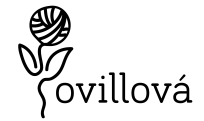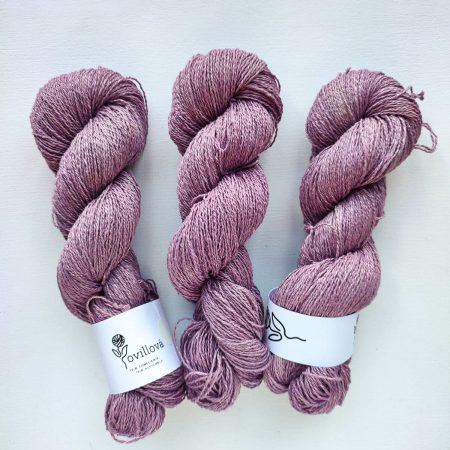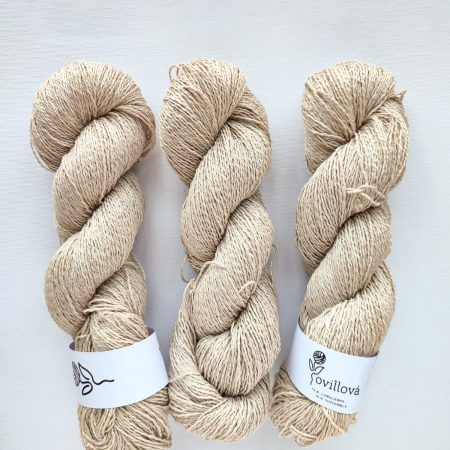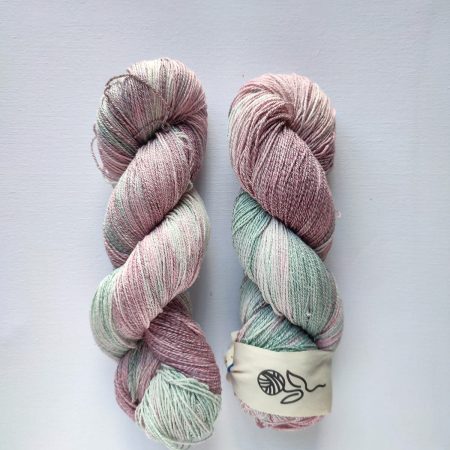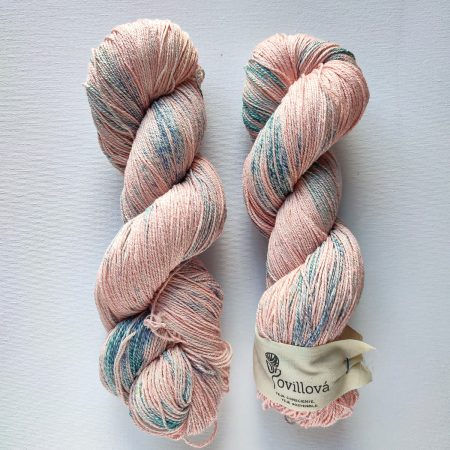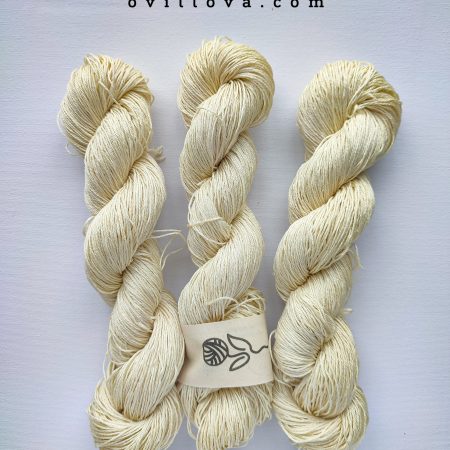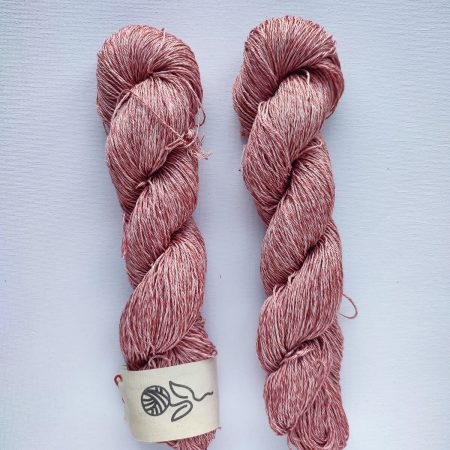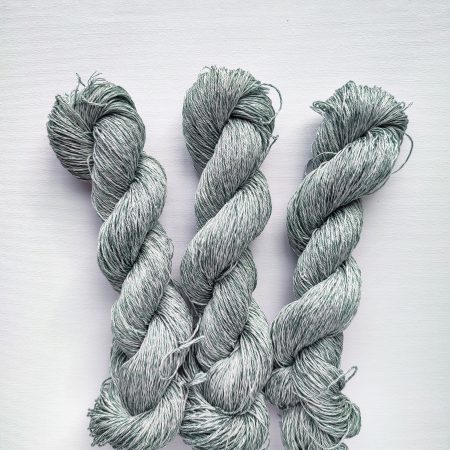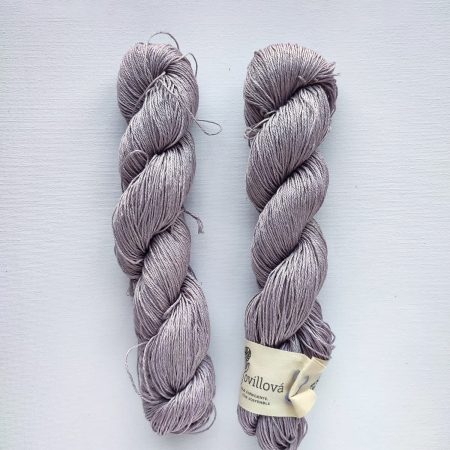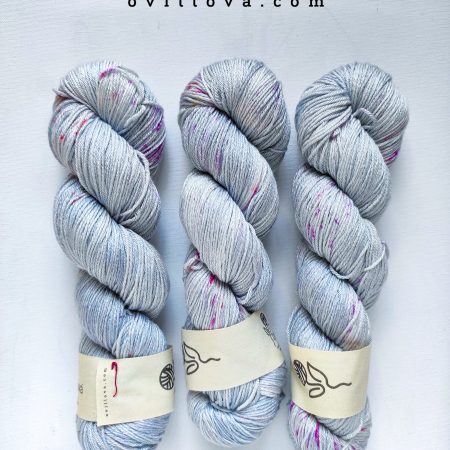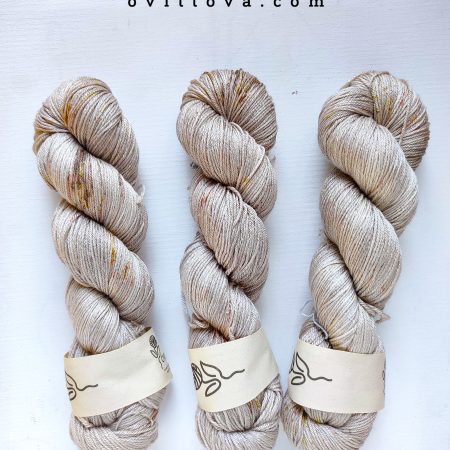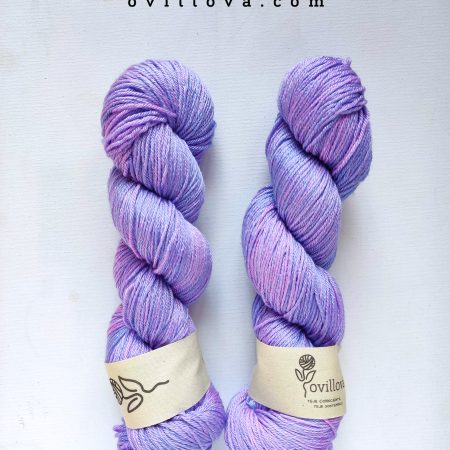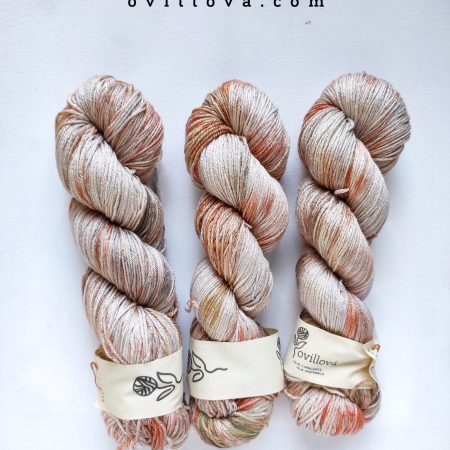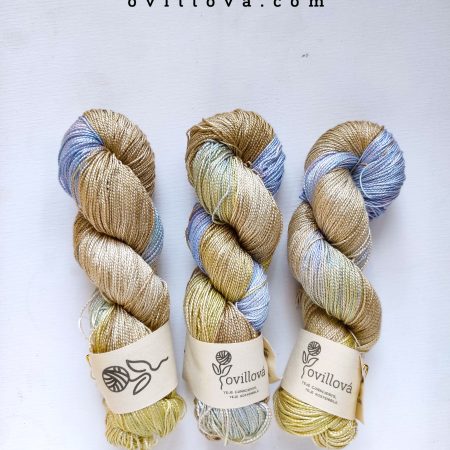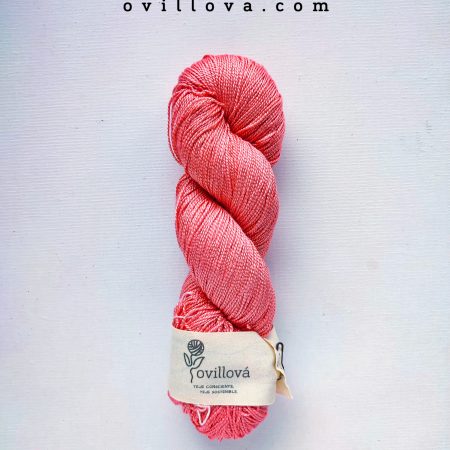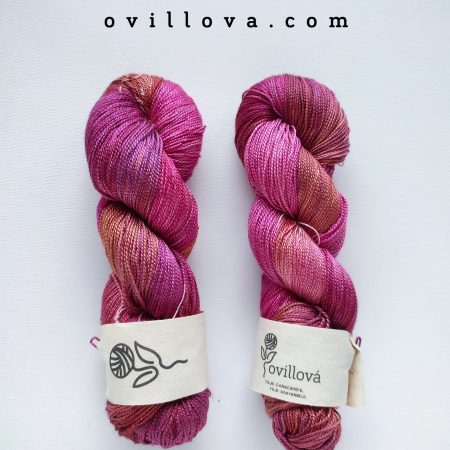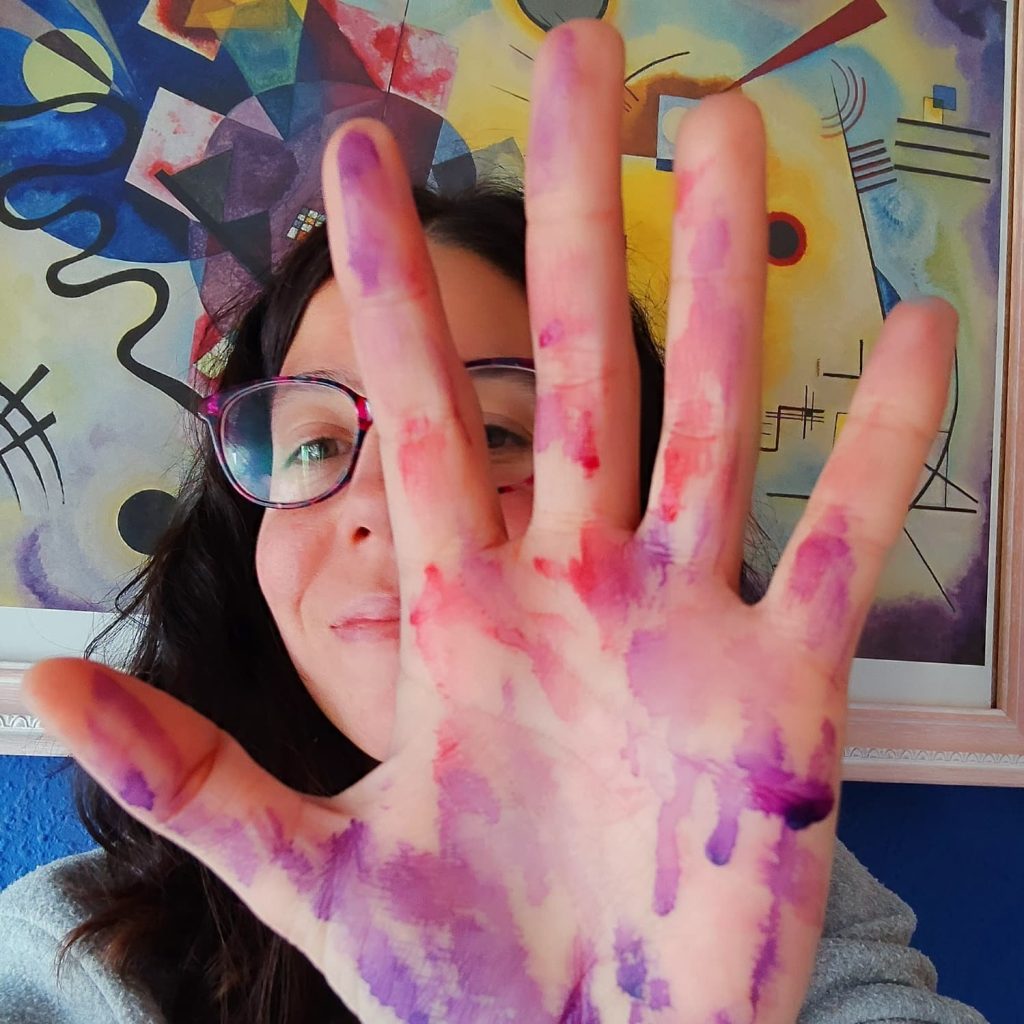For all needs
Wool balls Wool For Intermediate Level
HAVE YOU BEEN KNITTING FOR A WHILE AND WANT TO MOVE UP A LEVEL?
It's Time To Take A Look At Our Knitting Yarns For Intermediate Knitters. They are wools that incorporate some silk, or that are finer, even if their composition requires a little more knowledge and care.Shall we see it? 🙂
Ecological and sustainable wool yarn balls
As we know that your project is unique and you want the best material, at Ovillova we only offer you the best quality fine wool.
In addition, you can write to us whenever you feel like it so that we can advise you on the type of sustainable wool you need or find you a pattern.
Intermediate level balls of wool from Ovillova
Discover the magic of knitting with Ovillova's special intermediate yarn balls. Our careful selection of high quality yarns, such as soft merino wool, luxurious alpaca and fluffy mohair, will bring your projects to life with elegance and warmth. Designed with passionate knitters in mind, our yarn balls offer a wide range of options for exploring more complex techniques and creating unique pieces. Whether you want to knit a sophisticated sweater, a lovely lace shawl or a soft hat, our balls will give you the texture, luster and versatility you're looking for. Embark on a creative adventure with Ovillova's special intermediate yarn balls and let yourself be carried away by the thrill of knitting extraordinary projects.
Acelerina
25,00 € (IVA incluido) Seleccionar opciones Este producto tiene múltiples variantes. Las opciones se pueden elegir en la página de productoValorado con 0 de 5Anti UFOs
25,00 € (IVA incluido) Seleccionar opciones Este producto tiene múltiples variantes. Las opciones se pueden elegir en la página de productoValorado con 0 de 5Antinudol
25,00 € (IVA incluido) Seleccionar opciones Este producto tiene múltiples variantes. Las opciones se pueden elegir en la página de productoValorado con 0 de 5Ovillodol
25,00 € (IVA incluido) Seleccionar opciones Este producto tiene múltiples variantes. Las opciones se pueden elegir en la página de productoValorado con 0 de 5
Handmade
We dye by hand, as it was done in the past, using high quality raw materials.
Sustainability
Our dyes and processes are environmentally friendly.
The animals from which the wool is derived are not mistreated in any way.
At your side
We are at your disposal for whatever you need, even to find your patterns.
Fast delivery and
return within 15 days without any problem
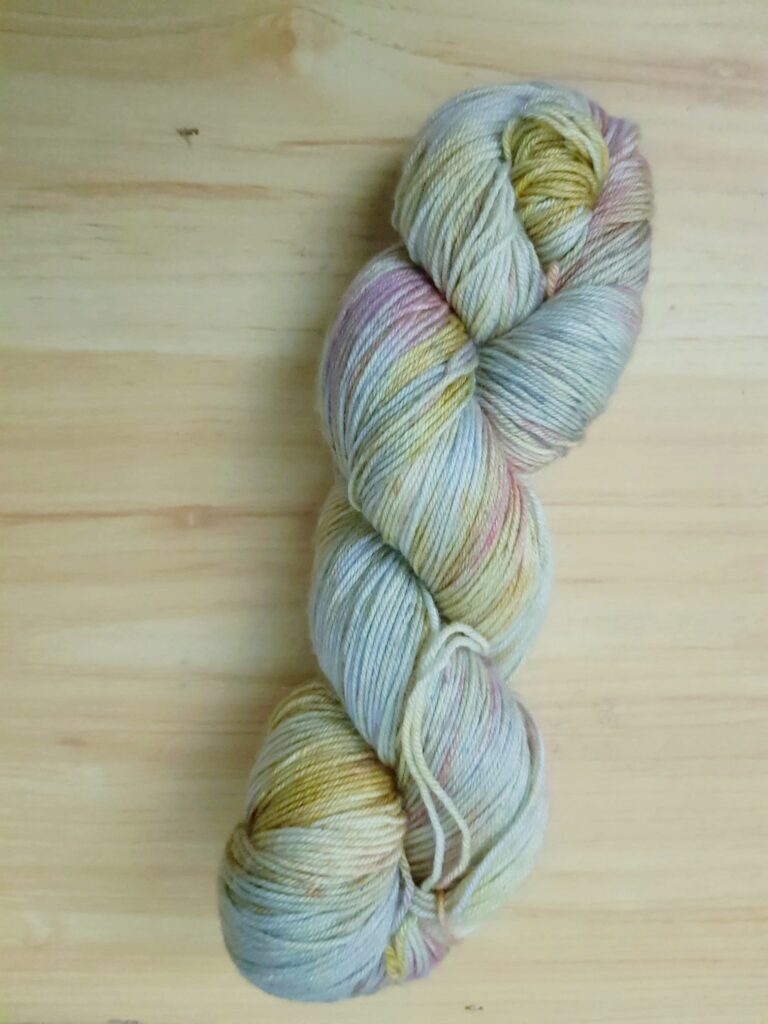
Which balls of wool are used at an intermediate level?
At an intermediate knitting level, you can experiment with a variety of balls of wool to expand your skills and create more interesting projects. Here are some yarn ball options you might want to consider:
Merino wool with silk: Merino wool is soft and warm, making it ideal for garments such as sweaters, jackets or scarves. It is easy to work with and comes in different thicknesses, allowing you to adapt it to different projects. The silk makes it slide better on the needles, but also makes it easier for stitches to slip off.
Alpaca with silk: Alp aca wool is soft, light and luxurious. It is perfect for creating elegant coats and cozy accessories, but the fingering thickness, being thin and silk, makes it necessary to have a little more skill as sometimes the stitches slip a little too much 😉
Cotton with fine linen: you will love this fiber for its originality, its changes in thickness, its freshness, its texture… we include it in this category for its fine thickness.
Remember that the choice of yarn ball will depend on the type of project you want to make and the final effect you want to achieve. It is also important to consider the pattern you are following, as some patterns may require a specific type of yarn. Explore different options and have fun experimenting with different balls of wool in your intermediate knitting level!
Intermediate weaving techniques
If you have already mastered some basic techniques, it is the perfect time to expand your skills and learn new, more advanced techniques. In this article, we will introduce you to four intermediate weaving techniques. Get ready to go one step further!
- How to cast on: This technique is perfect to increase stitches in your projects and give them the desired shape. In the attached video, you will learn how to perform it and practice until you feel confident.
- Knit two stitches together: As you progress in your project, you may need to decrease stitches. The technique of knitting two stitches together is simple and effective. Simply insert the needle into two stitches at the same time and knit as one. In the video you will find a detailed demonstration.
- Increasing stitches at the beginning of the row: This technique is useful for knitting strips for hoods, hats or sweater sleeves. By increasing stitches at the beginning of the row, you will achieve a rounded and comfortable shape. In the attached video, we will show you how to do it step by step.
- How to do sujerte: The sujerte technique allows you to make a double decrease in your stitches, which is ideal for creating more complex and symmetrical shapes in your patterns. Watch the video to learn how to perform this technique correctly.
Ready to knit your first sweater?
In a beginner level the easiest garments to create are socks, a hat or a scarf, but in this level we are going to make your first sweater. A sweater is a versatile and practical garment that you can customize according to your tastes and preferences. With patience and dedication, you can create a unique, handmade piece that will accompany you on cool days and make you look elegant. Here are some steps to help you knit your own sweater at an intermediate level and enjoy the creative process. Let’s get started!
Take your measurements: Before you start knitting, it is important to take your measurements and choose the right size for your sweater. Be sure to measure bust, waist, hips, sleeve length and total body length. Consult a size chart and choose the sweater pattern that fits your measurements.
Select the pattern and yarn: Choose a sweater pattern that suits your intermediate skill level and has the characteristics you desire. Be sure to read the pattern carefully and understand all the instructions before you begin. Next, select a suitable yarn for the project. You can opt for a soft merino wool, a blend of fibers or any other type of yarn you like.
Tension sample: Before starting to knit the sweater, make a tension sample. Knit a 10×10 cm swatch with the needles and yarn you will use in the project. This will help ensure that you are knitting with the correct tension and that your sweater will have the correct dimensions.
Assemble the stitches: Follow the pattern instructions to mount the stitches on the needles. Be sure to count them correctly and distribute them evenly on the needles. You can use circular needles or straight needles, depending on your preference.
Follow the pattern: Once you have assembled the stitches, start knitting following the pattern instructions. Pay attention to the stitch changes, decreases and increases necessary to shape the sweater. Also be sure to mark the important sections, such as the beginning of the sleeves or the separations for the neckline.
Finish the sweater: Continue knitting following the pattern until all sections of the sweater are completed, including the sleeves and the collar. Once you have finished weaving all the parts, join the seams according to the pattern instructions. Be sure to finish off any loose threads to give it a clean finish.
Remember to take your time, follow the pattern instructions and enjoy the process of knitting your own sweater. Do not hesitate to consult tutorials or videos if you encounter any difficulties. Enjoy creating your hand-knit sweater!
